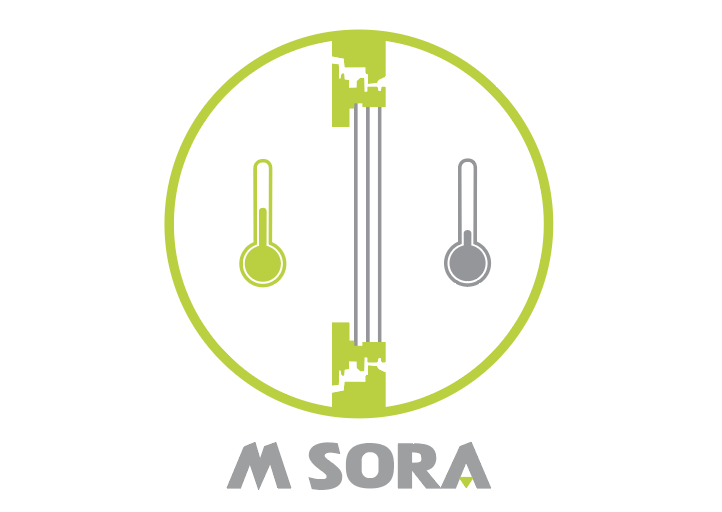Uw is calculated according to the standard EN ISO 1077-1:2017. Its value, which is expressed in W/m2K, depends on thermal transmittance of window profile (Uf), thermal transmittance of insulated glass unit (Ug), linear thermal transmittance at unction between wooden frame and glazing (Ψg), surface area of window profile (Af), surface area of glass (Ag), surface area of the entire window (Aw=Af+Ag) and length of frame and glazing junction (Ig).

Standard window dimension of 1,23 x 1,48 m or window surface area (Aw) of 1,8204 m2 is used for appropriate comparisons between Uw values of different windows. Uw value is affected by thermal transmittance of glass (Ug) the most, because the glass surface covers between 70 to 80 % of the entire window surface area, whereas surface area of window profile (Af) covers about 20 to 30 %. If the window dimension is increasing, the percentage of glass area increases as well. That is because the ratio of glass compared to window profile increases with the window size. Loses on the linear thermal transmittance of frame and glass junction are lower, but definitely not negligible.
Uw values of modern wooden windows with double glazing are between 1,1 W/m2K and 1,3 W/m2K, whereas windows with triple glazing have Uw values between 0,8 W/m2K and 1,0 W/m2K. The best insulated windows can reach thermal transmittance value (Uw) down to 0,6 W/m2K. You can read about individual components of wooden windows in detail in separate articles.


